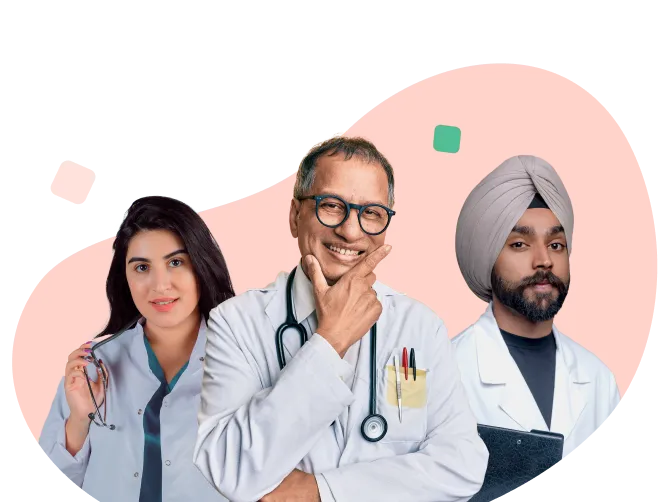In Ayurveda, varicose veins are often seen as a manifestation of imbalances in the vata and pitta doshas, particularly when circulation and fluid balance are disrupted. Herbs like Punarnava, Guggul, and Manjistha are commonly used for their anti-inflammatory, blood-purifying, and circulation-enhancing properties. Punarnava helps reduce swelling, while Guggul aids in improving circulation and reducing cholesterol, and Manjistha is known for its detoxifying effects. These herbs, when taken internally, can help alleviate the pain, swelling, and heaviness associated with varicose veins. External oils and ointments, such as those made from ashwagandha, sahachar, or mustard oil, can be massaged gently into the affected areas to improve circulation and relieve discomfort. For best results, Ayurveda emphasizes a balanced, anti-inflammatory diet, focusing on foods that promote blood circulation, such as leafy greens, fruits, and whole grains. It’s important to avoid excessive salty, oily, and processed foods, which can contribute to water retention and exacerbate the condition. Ayurvedic therapies like Panchakarma can be very beneficial in detoxifying the body, improving circulation, and reducing swelling. Raktamokshana, or bloodletting, is sometimes used for chronic conditions, but it should only be performed by a skilled practitioner. These treatments may take a few weeks to show noticeable results, but they are effective in reducing symptoms and preventing further deterioration of the condition. Lifestyle changes are also key. Incorporating light exercises, regular movement, and stretches can help, as well as avoiding long periods of standing or sitting. Certain yoga poses like Viparita Karani (legs up the wall), Supta Baddha Konasana, and Setu Bandhasana can improve circulation and relieve pressure on the veins. If these steps are followed diligently, many people experience gradual improvements in the condition over several months. The results can be long-lasting if lifestyle modifications are maintained, but consistency and patience are essential. Always consult with an experienced Ayurvedic practitioner to tailor a treatment plan based on your mother’s specific needs.
So varicose veins, they can be quite annoying and painful, no doubt. Ayurveda does have some practical approaches to help manage them. You mentioned things like Punarnava, Guggul, and Manjistha. Yeah, these herbs are quite popular in Ayurvedic circles for dealing with varicose veins. Let’s break down a bit how they work, I mean, in simple terms.
Punarnava, for instance, it’s known for its diuretic properties, which helps in reducing water retention and swelling. Guggul often helps with inflammation, it kinda plays a key role in reducing the swelling too. Manjistha? It’s fantastic for promoting healthy skin and improves blood circulation. You could look for high-quality supplements of these or as recommended by an Ayurvedic practitioner.
Now, about oils, there are some like Ashwagandha oil or Sesame oil, known for helping with circulation. They can be gently massaged (not too harsh) on the legs, usually with upward strokes, which might help reduce swelling and discomfort. Consider checking for medicated oils prescribed by an Ayurvedic doctor, as they’d be tailored to your mom’s specific needs.
Dietary changes, definitely. Ayurveda loves balance if she eats lots of salty, processed stuff - it could be aggravating the issue. She should aim for a diet rich in fibre, veggies, fruits, whole grains. Mostly, it’s good to minimize salt to aid reducing the swelling.
Regarding Panchakarma, it’s pretty much about detoxification, which might support in cases with varicose veins, but it’s just one part of a bigger picture. Treatments like Raktamokshana (bloodletting) could be helpful for some, but she’d need a skilled Ayurvedic doctor to guide her through these therapies - not everyone’s cup of tea.
Okay, activities now, simple leg elevation can help, and a few specific yoga poses like Viparita Karani (legs up the wall), Tadasana (mountain pose), and Pawanmuktasana (wind-relieving pose) promote circulation and do wonders for overall leg health.
Regarding lifestyle— encourage her to take breaks often, move around, do small walks, maybe online tutorials for light yoga. Quick changes like fidgeting, shifting positions can actually make a difference with consistent practice.
As for success stories—varied timelines, sometimes a few months to see visible changes. Results? They tend to last if she stays on course with diet, activity, and perhaps herbal support. No major side effects if everything is done mindfully and moderately, but as with any treatment, she needs regular check-ins with a professional to ensure it’s suiting her condition.




